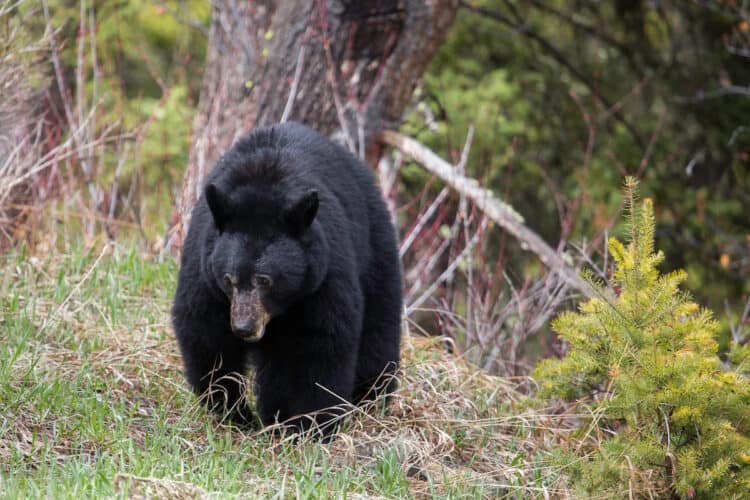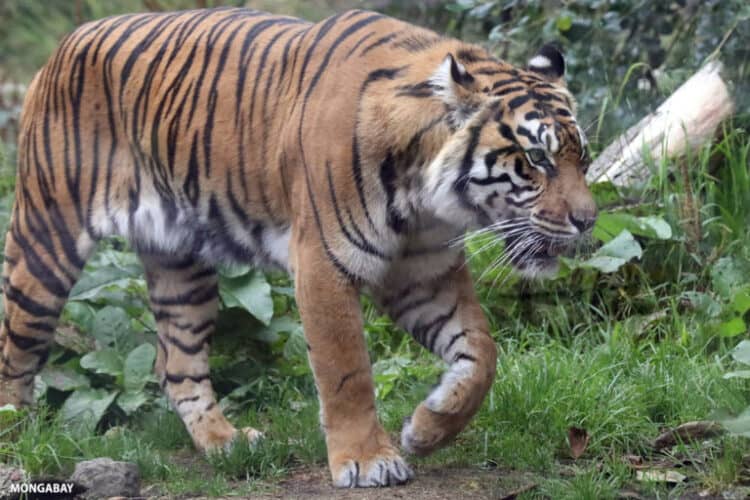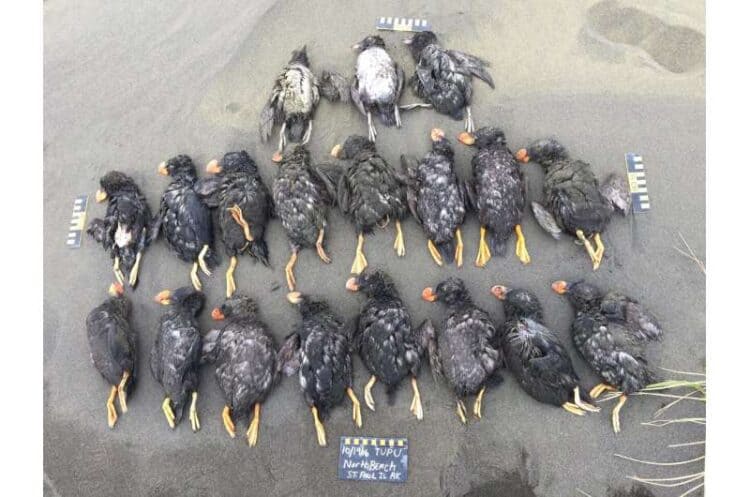On Endangered Species Day, there are thousands of species that may not be around for long.
The term “endangered species” usually brings to mind charismatic animals—fluffy pandas and majestic tigers. But there are thousands of lesser-known species that are in greater danger of disappearing.
These animals, categorized as “critically endangered” by the International Union for Conservation of Nature and Natural Resources (IUCN), face what the organization calls “an extremely high risk of extinction in the wild.”
“These species are really on the edge, in need of serious intervention,” says Barney Long, Director of Species Conservation in the United States for the World Wildlife Fund. “They won’t recover on their own.”
Two big threats are driving these animals toward extinction: habitat loss and poaching.
To mark Endangered Species Day in the U.S. (May 15), here are pictures of 12 endangered species around the world, taken from National Geographic’s archive.
This article was first published by National Geographic on 16 May 2015. Lead Image: Ruffed Lemur – A black and white ruffed lemur climbs a tree in Madagascar’s Mantadia National Park. Their ability to thrive in captivity makes them ideal candidates for reintroduction into protected habitats – Photograph by Kevin Schafer, Minden Pictures.
What you can do
Support ‘Fighting for Wildlife’ by donating as little as $1 – It only takes a minute. Thank you.







Leave a Reply